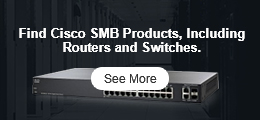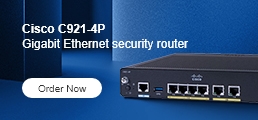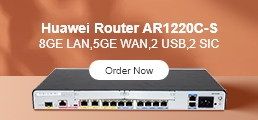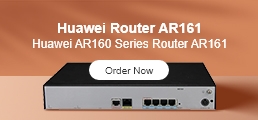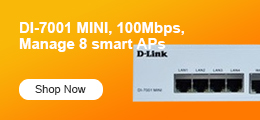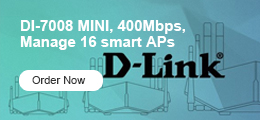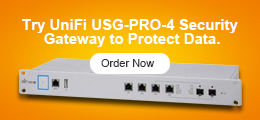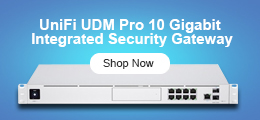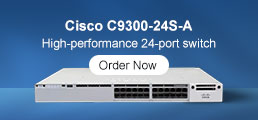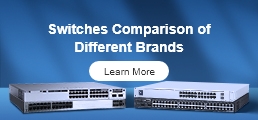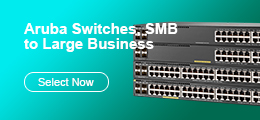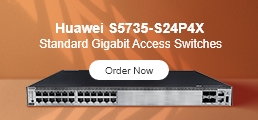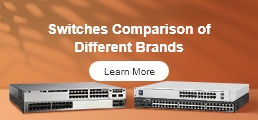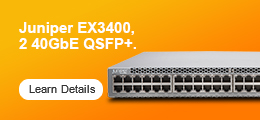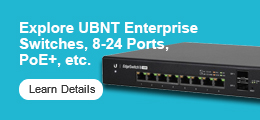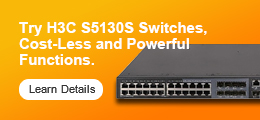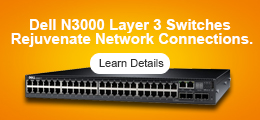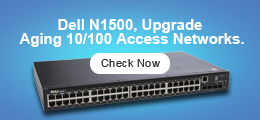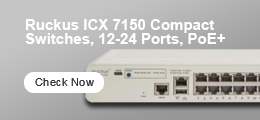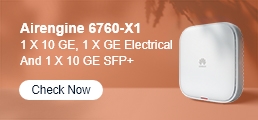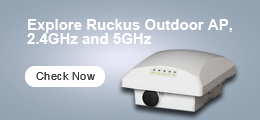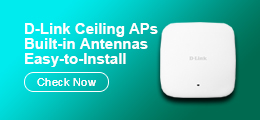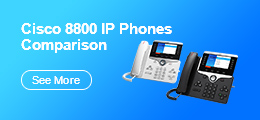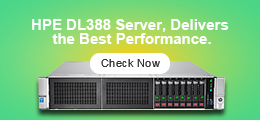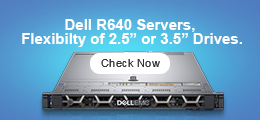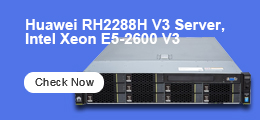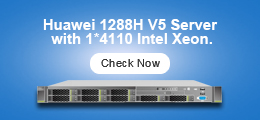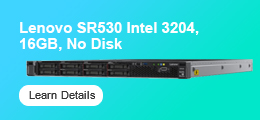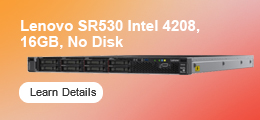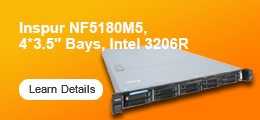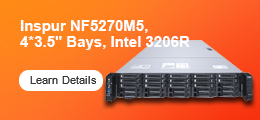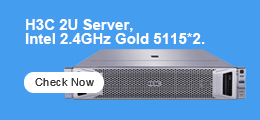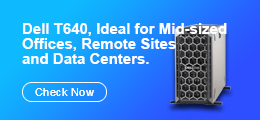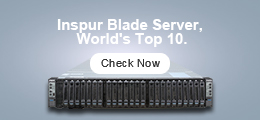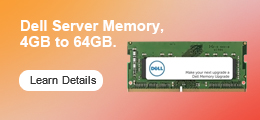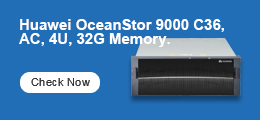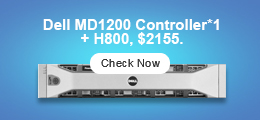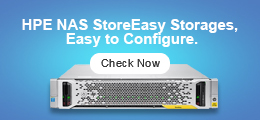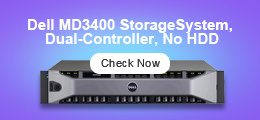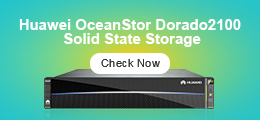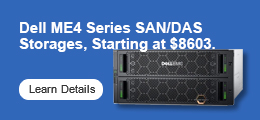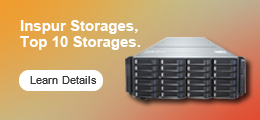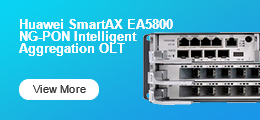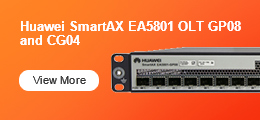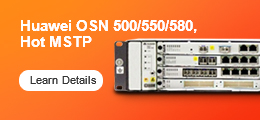What Is the Access Layer Switch?
In a typical enterprise network architecture, the access layer switch is the first point of contact between end-user devices and the rest of the network. These switches connect endpoints such as PCs, printers, VoIP phones, and wireless access points, enabling user traffic to enter the LAN.
Access switches typically operate at Layer 2 of the OSI model, forwarding data based on MAC addresses. However, many modern models also support basic Layer 3 functions such as static routing and limited dynamic routing, especially in high-performance or large-scale networks.
Want to understand how access switches differ from distribution and core switches? Check out our Access vs. Distribution vs. Core Switch Comparison Guide.
Where Are Access Layer Switches Used?
Access switches are deployed wherever end devices require network connectivity. Common deployment scenarios include:
- Enterprise Offices: Connecting workstations, VoIP phones, printers, and wireless APs.
- Campus Networks: Each building or floor typically has its own access switches aggregating edge devices.
- Small Businesses: In compact setups, access switches may operate without separate distribution or core layers.
- Industrial Sites: Ruggedized switches ensure stability for machines and sensors in harsh environments.
- Smart Buildings: Connecting IoT devices, building automation systems, and surveillance infrastructure.
Key Considerations When Choosing an Access Layer Switch
When evaluating access switches for your network, consider the following features:
- Port Density: Ensure the switch has enough ports for all connected devices. Higher density reduces switch count.
- Port Speed and Uplinks: Gigabit ports are standard; 1G/10G uplinks help eliminate bottlenecks upstream.
- Power over Ethernet (PoE): Ideal for powering IP phones, wireless APs, and cameras without separate power lines.
- Security Features: Look for 802.1X, VLAN tagging, DHCP snooping, port security, and DoS prevention.
- Manageability: Choose from Web GUI, CLI, or cloud-managed platforms like Cisco Meraki for ease of control.
- Scalability: Stackable switches allow future expansion without network redesign.
- Reliability: For industrial or mission-critical deployments, consider ruggedized hardware and redundant power.
- Cost Efficiency: Balance up-front investment with long-term energy savings and simplified management.
Cisco Access Layer Switches: Quick Comparison
| Model/Series | Type | Key Features | Best For |
| Cisco Catalyst 9400 | Modular Switch | Highly scalable, modular access solution | Midsize to large campuses |
| Cisco Catalyst 9300 | Fixed Stackable | Advanced security, stackable, Layer 3 capable | Large branches, campus access |
| Cisco Catalyst 9200 | Fixed Stackable | Cost-effective, enterprise-grade features | Small branches, midsize networks |
| Cisco Catalyst 1300 | Entry-Level | Simple management, affordable | Small and modern offices |
| Cisco Meraki MS | Cloud-Managed | Centralized dashboard, simple deployment | SMBs seeking easy management |
| Cisco Catalyst 9350 | Smart Switch | Built for AI, automation, and telemetry | Advanced and scalable environments |
An access layer switch is the entry point for users and devices into your network—and a critical piece of both performance and security. For SMB IT managers and system integrators, choosing the right access switch means weighing port count, PoE capability, management ease, and future scalability.
Looking to upgrade your network?
Contact our team for personalized access switch recommendations tailored to your business needs.


